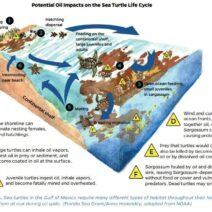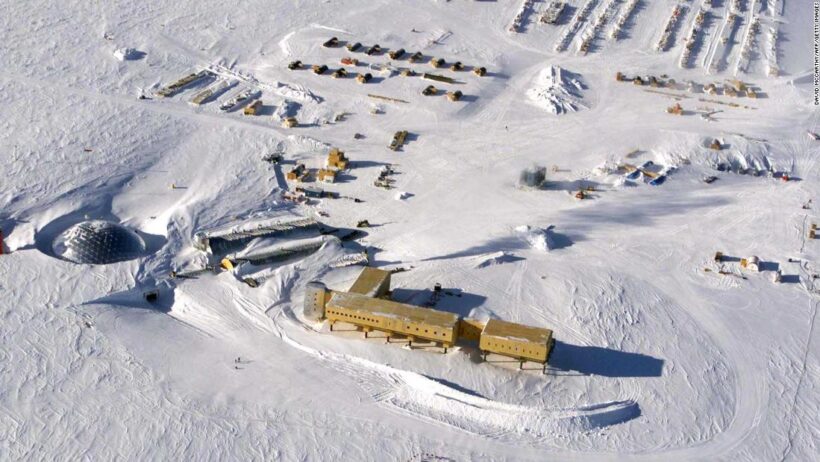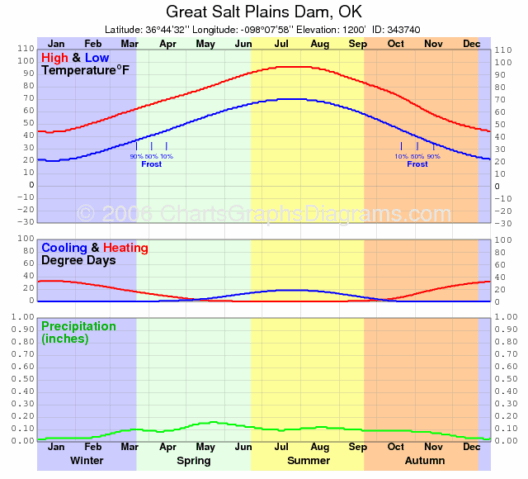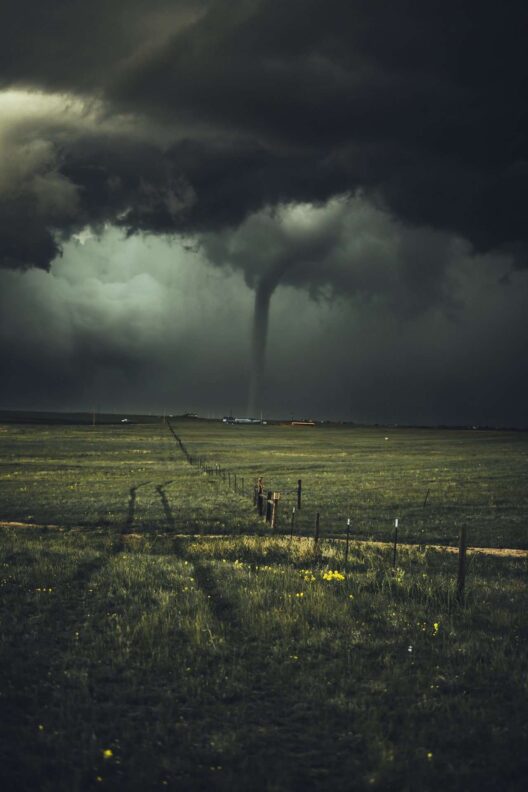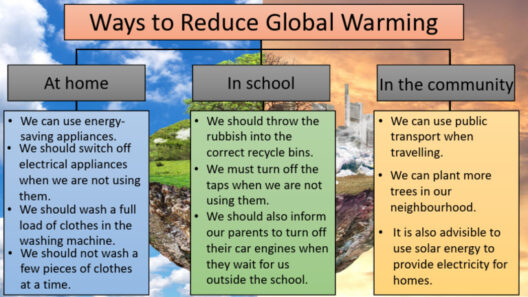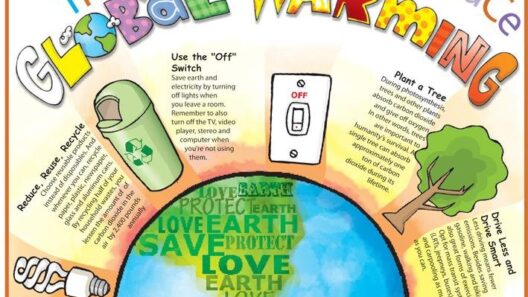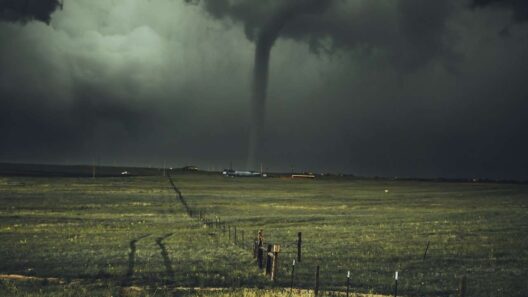Antarctica, a desolate expanse of ice and frigid winds, has long captivated the imagination of explorers and scientists alike. However, its profound beauty belies an alarming reality: it is undergoing a colossal transformation due to global warming. The South Pole, one of the planet’s coldest places, is now warming at a pace three times greater than the global average. This unsettling trend heralds significant consequences not only for the ice caps but also for the unique wildlife that has adapted to thrive in this extreme environment.
The last several decades have witnessed a dramatic shift in the climatic patterns of Antarctica. With increasing greenhouse gas emissions, the delicate thermal balance has been disrupted, plunging the continent into an era of accelerated warming. This has fostered an environment where ice sheets are retreating, glaciers are collapsing, and sea levels are poised to rise at unprecedented rates. These phenomena are anchored in the broader narrative of climate change, which has engulfed our planet and now reaches the isolated realms of the South Pole.
It is essential to grasp the fundamental drivers of this climatic upheaval. The notion of ‘feedback loops’ plays a pivotal role in Antarctica’s warming. As the ice melts, it exposes darker ocean water or land that absorbs more sunlight, thereby increasing temperatures further. This cycle of warming and melting creates a cascade of effects that lead to further destabilization of the ice sheets. The West Antarctic Ice Sheet is among the most vulnerable, with portions already demonstrating signs of irreversible melting. Such critical developments forebode dire implications for global sea levels.
The ramifications of these changes transcend mere geographical shifts; they extend into the realm of biological interdependence. The delicate ecosystems that inhabit the Antarctic region are under siege as a result of rising temperatures. Species such as penguins, seals, and krill are facing existential threats. For instance, the Emperor penguin, which relies on stable sea ice for breeding, is witnessing a decline in suitable habitat. With the loss of ice, these birds are forced to travel greater distances to find food, putting immense strain on their populations and breeding success.
In a similar vein, the intricate food webs of the Southern Ocean, which hinge on krill populations, are being disrupted. Krill, a small crustacean, is a keystone species in the Antarctic ecosystem. It serves as a primary food source for various predatory animals, including whales, seals, and seabirds. Rising ocean temperatures and changing salinity levels can alter the habitat and reproductive cycles of krill, threatening the entire marine food web. The fragility of these interconnections highlights the profound consequences of a warming climate.
The shift in climatic conditions also engenders further challenges for research endeavors aimed at understanding Antarctica’s systems. The complexity of the ecosystems being studied is amplified by the rapid changes occurring within them. Scientists grapple with a growing body of evidence indicating that while Antarctica may seem remote, its fate is inextricably linked to the broader climatic shifts occurring globally. Understanding this connection yields insights into the future of the planet and raises essential questions about how we will respond to these challenges.
Moreover, there is an undeniable irony in the situation. A region characterized by its ice is often perceived as a bastion of coldness, yet it is at the forefront of the global warming narrative. The dichotomy between its chilling ambiance and the alarming rate of its meltdown is stark. It serves as a reminder that even the most inhospitable environments are vulnerable to human-induced climate change. The South Pole, once regarded as an untouched wilderness, has transformed into a poignant symbol of vulnerability in the face of escalating environmental crises.
Advocacy for the preservation of Antarctic ecosystems has gained momentum in light of these developments. International treaties, such as the Antarctic Treaty System, exist to protect the region’s unique flora and fauna while promoting scientific research. However, compliance varies, and illegal fishing practices pose a significant threat to krill populations. Stronger regulations, increased surveillance, and global collaboration are paramount to ensuring the protection of this pristine environment.
Furthermore, awareness and education play critical roles in galvanizing public support for conservation efforts. The narrative of Antarctica’s plight must be communicated effectively to engage individuals, communities, and policymakers. Social media platforms, documentaries, and educational initiatives are essential tools in fostering a deeper understanding of the interconnections between the South Pole and global climate dynamics. By illuminating the stark realities of Antarctica’s melting ice, we can inspire action and facilitate informed discussions about climate change and its myriad effects.
In conclusion, the ongoing metamorphosis of Antarctica serves as both a warning and a call to action. The South Pole, with its melting ice and beleaguered wildlife, illustrates the broader implications of global warming and highlights the necessity for collective efforts in mitigating its impacts. Understanding the multifaceted web of interdependence that characterizes this fragile ecosystem is crucial in addressing the challenges posed by climate change. As we navigate this intricate landscape, we must act decisively to protect not only Antarctica but also our planet’s future. The fate of the South Pole is entwined with our own, making it imperative that we treat this challenge with the gravity it deserves.


